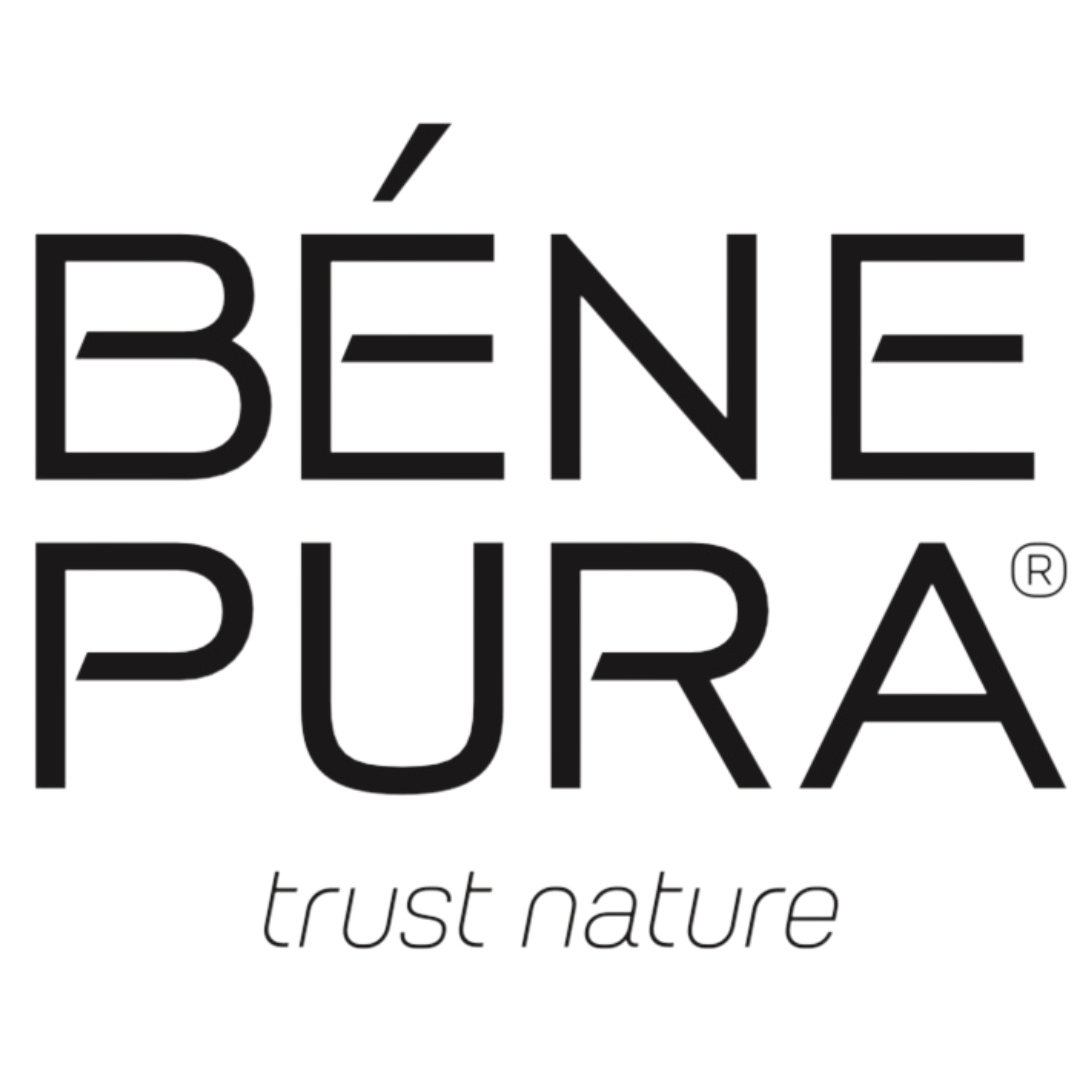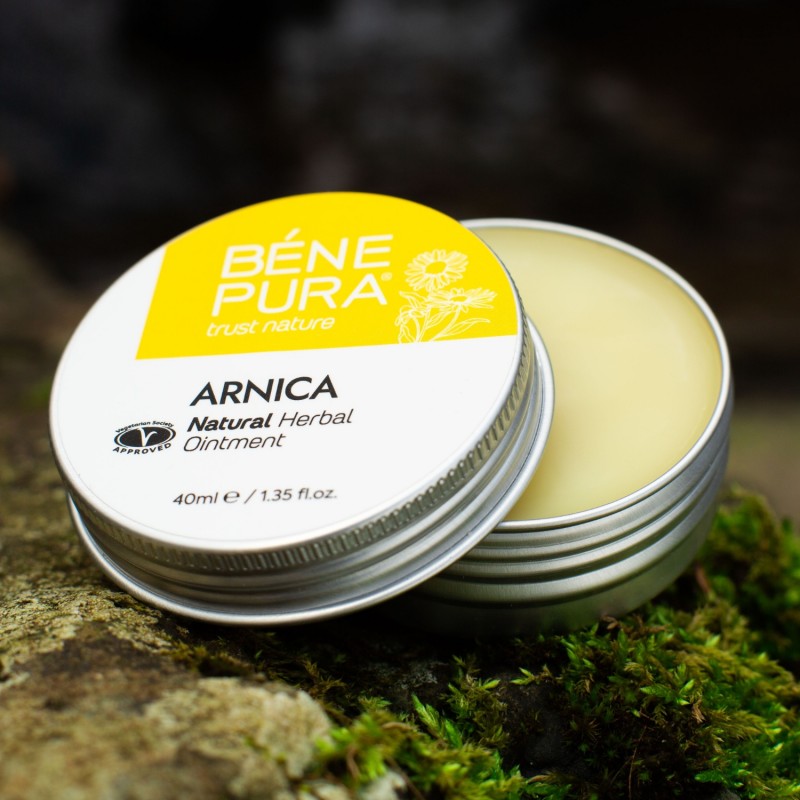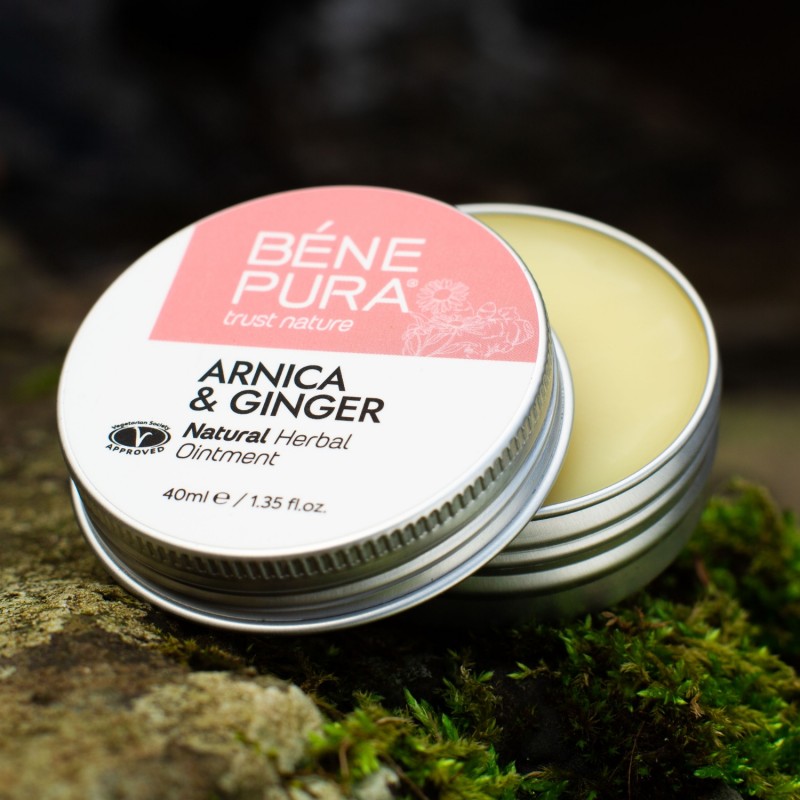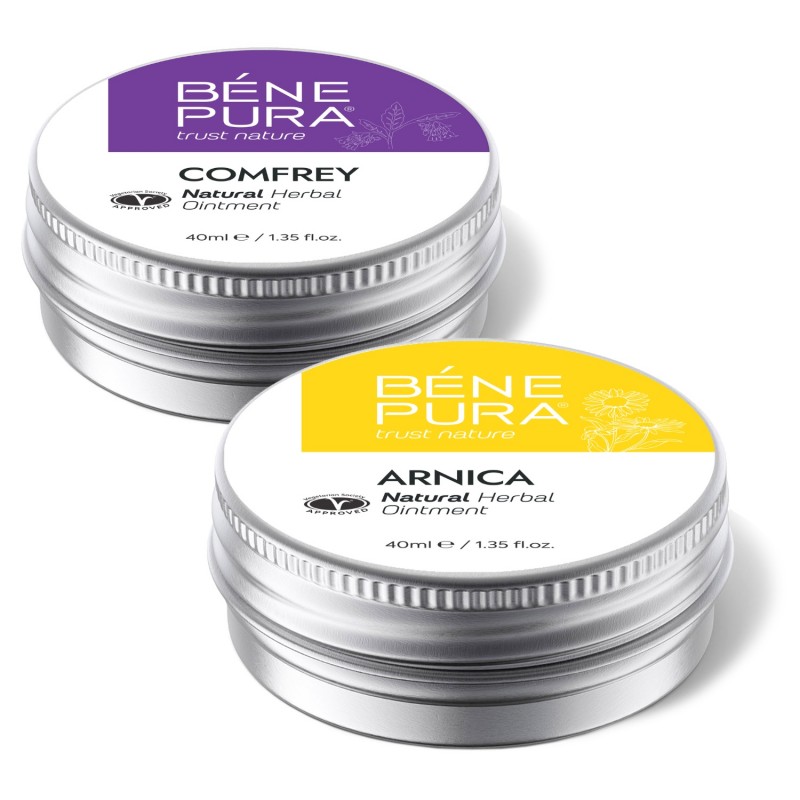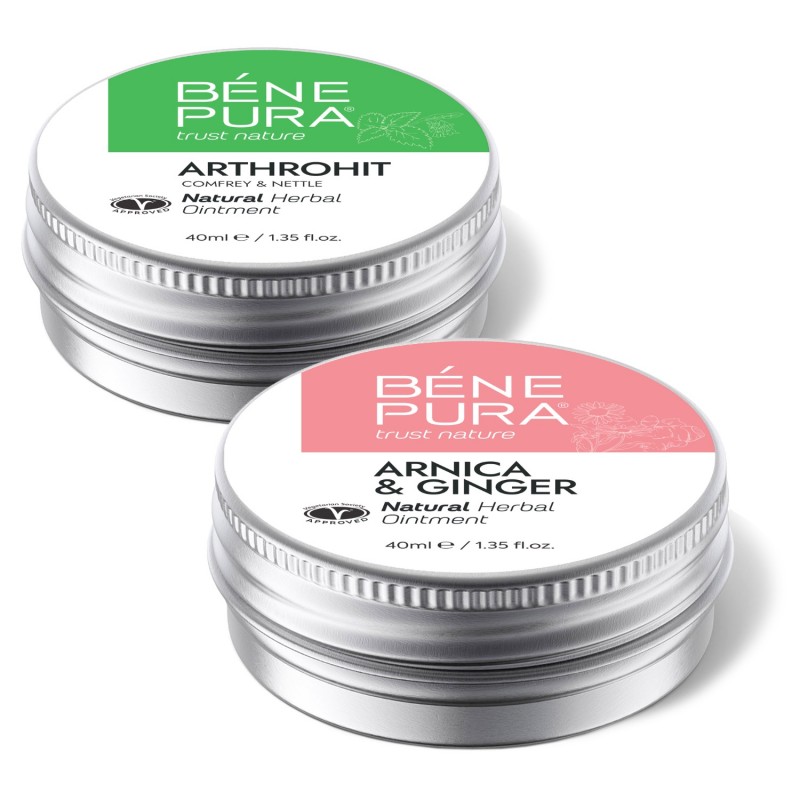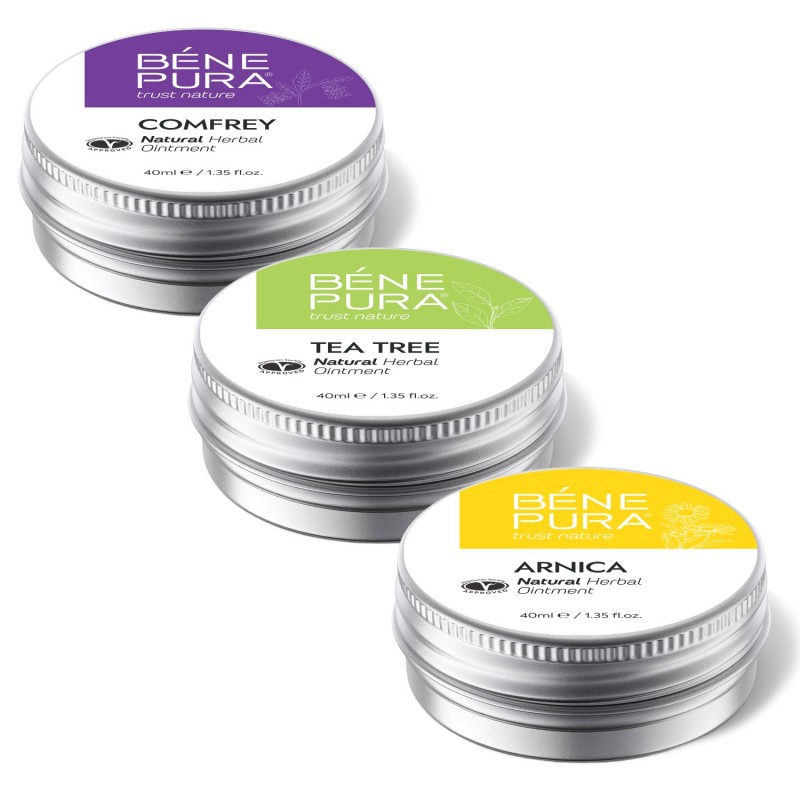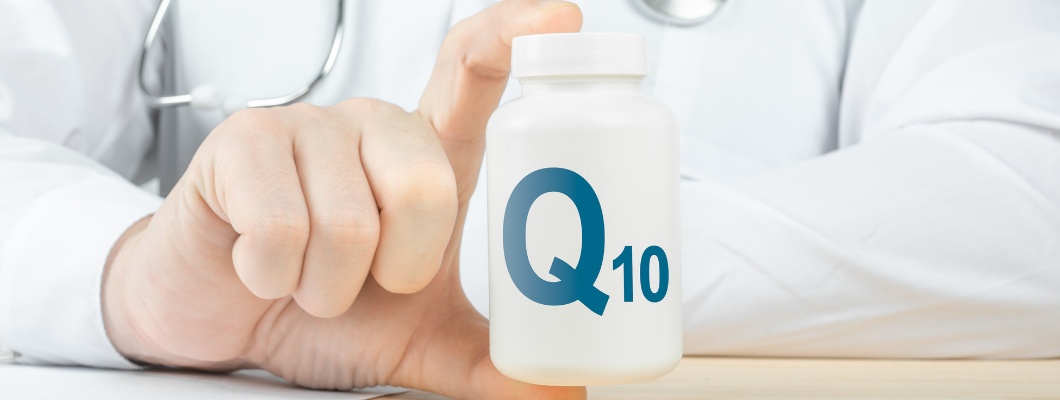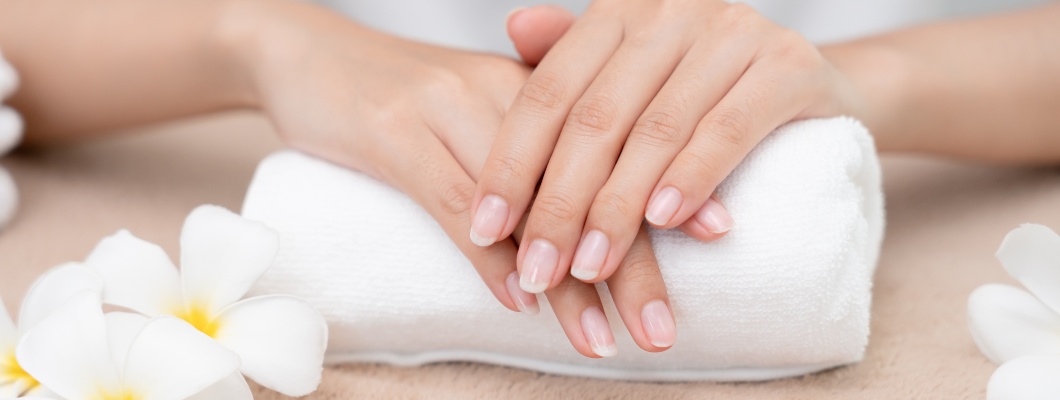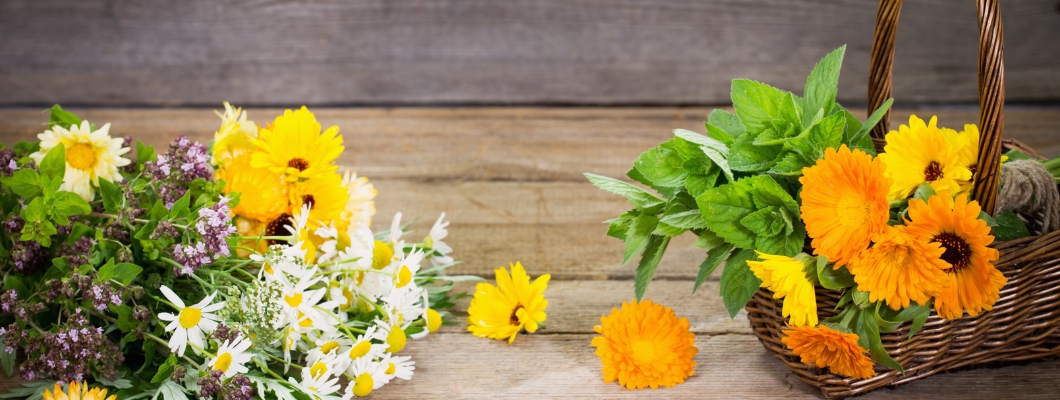Arnica - The Herb that Heals Bruises and Swelling
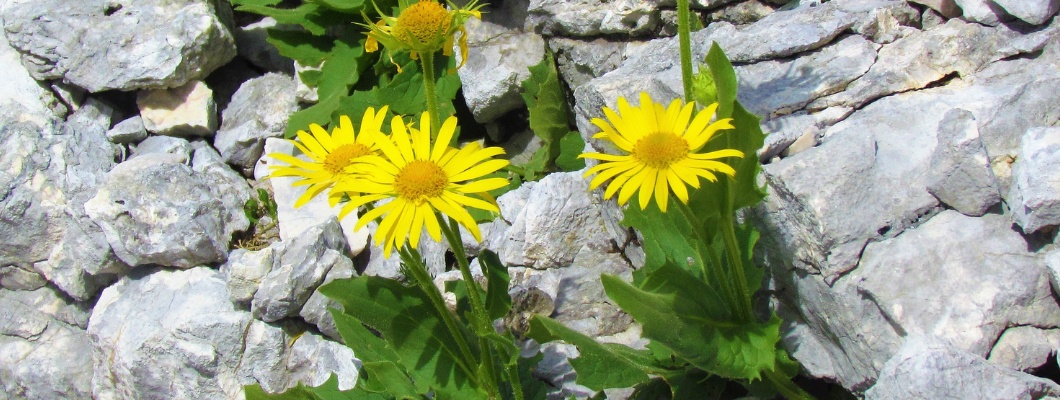
Arnica is a medicinal herb with a long history of use, which is still highly valued today for its ability to relieve pain and reduce inflammation and swelling. It holds an important place in both natural medicine and modern cosmetics.
In this article, we will look at the benefits of using Arnica and how it can benefit your health. You will learn about its uses and why this herb is so popular.
Table of Contents
1. What is Arnica?
Arnica ( Arnica montana ) is a perennial plant of the Asteraceae family. It grows in the mountainous regions of Europe and North America and has bright yellow flowers. Its main active ingredients include sesquiterpene lactones, flavonoids and essential oils which have anti-inflammatory, antiseptic and regenerating properties.
Arnica is often used topically to relieve bruising, swelling, pain and inflammation, as well as in cosmetic skin care products.
Arnica is not only a valuable natural remedy, but is also part of the cultural and spiritual heritage of many peoples:
- In the European mountain regions, Arnica is considered a sacred plant. According to legends, it has the ability to drive away evil spirits and protect homes. Its flowers were often hung above the entrances of houses to bring luck and health;
- In some areas of Europe, Arnica is called "mountain tobacco" because its dried leaves were smoked as a remedy for coughs and colds.
2. Benefits of Arnica for Bruises
Arnica is known for its ability to help disperse clotted blood, reducing the visibility of bruises and relieving discomfort.
Reduces inflammation
Arnica contains active compounds like helenalin, which have anti-inflammatory properties. They help reduce swelling and redness around the bruise.
Relieves pain
Arnica gel, ointment or oil is often used to relieve pain in the affected area which reduces discomfort.
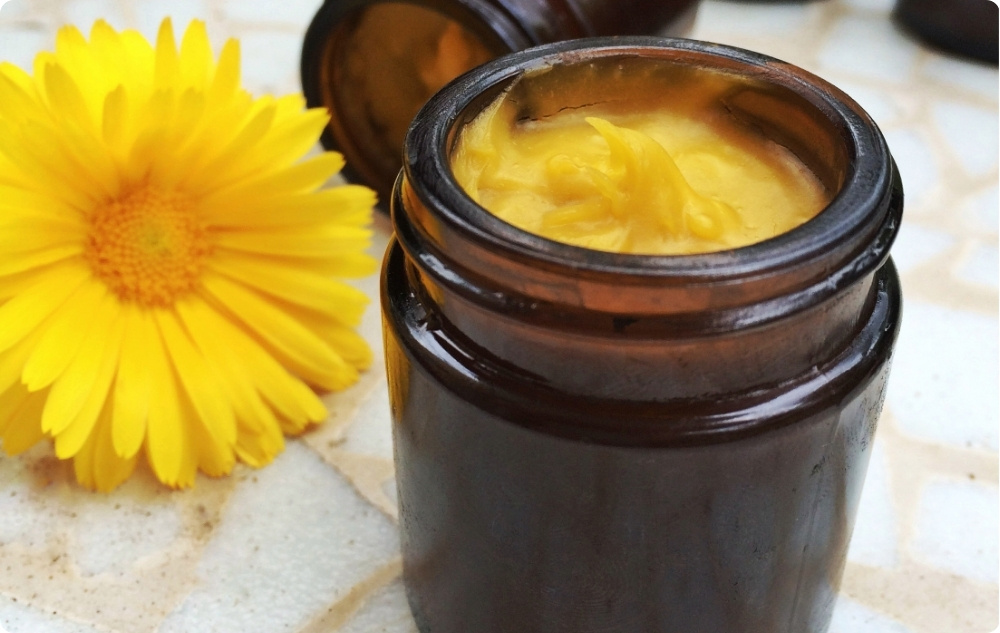
Accelerates healing
Arnica stimulates blood circulation in the affected area, which helps to disperse accumulated blood and restore tissues more quickly.
Reduces bruising
The active ingredients in Arnica reduce the risk of bruising by dissolving hematomas and preventing the accumulation of additional blood in the area.
Arnica is an effective natural bruise treatment, as long as you know how to use it properly. Applying an Arnica ointment can significantly improve the condition of a bruise.
How to use Arnica ointment for bruises:
- Take a small amount of ointment (about the size of a pea or according to the size of the bruise);
- Apply a thin layer to the affected area;
- Spread with gentle, circular movements, without pressing hard.
3. Benefits of Arnica for Muscle Pain
Arnica relieves tense and sore muscles, making it a preferred choice for many people who lead active lifestyles or frequently experience muscle fatigue.
Relieves muscle and joint pain
Arnica is often used by people who suffer from muscle pain, joint inflammation or rheumatic conditions. Creams and gels containing Arnica extract are applied topically to reduce tension and soothe discomfort. Its anti-inflammatory properties help reduce swelling around the joints, improving mobility.
Reduces swelling and edema
Arnica has a strong anti-inflammatory effect that helps remove excess fluid from tissues. It is often used after surgery or trauma to relieve swelling.
Improves blood circulation
Arnica products are often used to stimulate blood circulation. This is beneficial for people with cold extremities or vein problems ( such as varicose veins ). Good circulation helps deliver more oxygen and nutrients to cells which speeds up the recovery process.
Accelerates recovery after physical exertion
Active athletes use Arnica to reduce muscle soreness and speed recovery after intense workouts. It helps prevent swelling and relieves muscle fatigue.
4. Benefits of Arnica for Inflammation
Arnica is extremely effective for various types of inflammation.
1. Reduces redness
- Arnica has anti-inflammatory properties that inhibit the activity of enzymes responsible for inflammatory reactions in the body;
- It improves local blood circulation, which reduces the accumulation of blood in the affected area.
2. Helps with arthritis and joint pain
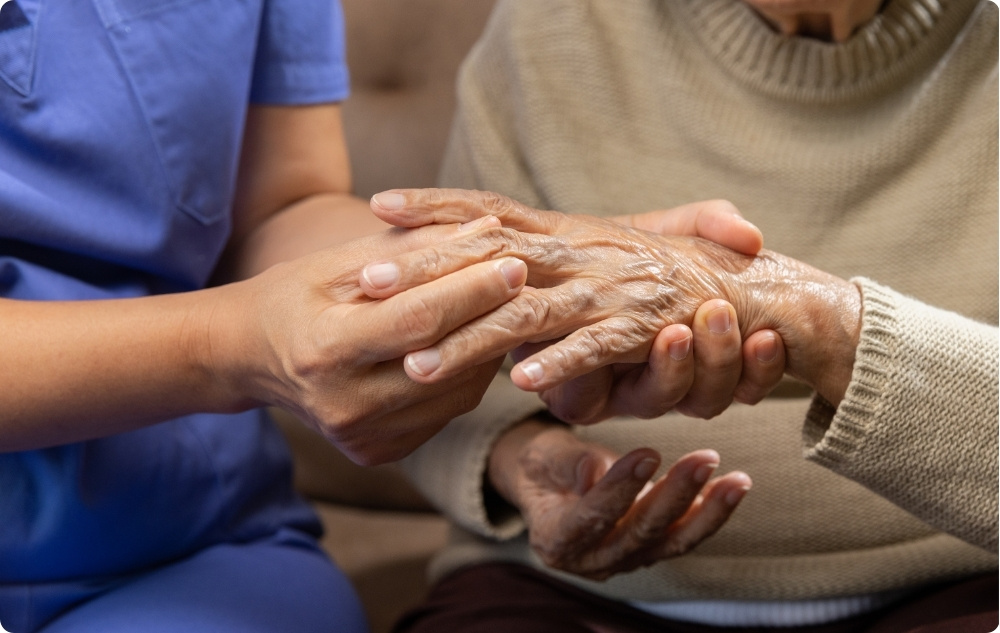
- The active ingredients in Arnica, such as sesquiterpene lactones, help relieve inflammation in the joints;
- Soothes pain associated with arthritis and rheumatic conditions by reducing swelling and stimulating circulation.
5. Benefits of Arnica for The Skin
Arnica is especially valuable for people with sensitive or irritated skin. It is often used in cosmetic products that aim to restore skin balance.
Arnica works by:
Soothing irritated skin
- Suitable for sensitive skin prone to redness;
- Reduces discomfort and soothes burning or itching sensations;
- Often used for skin conditions such as rosacea to reduce the intensity of redness.
Improving the healing rate of small wounds and abrasions
- Stimulates skin cell regeneration;
- Accelerates the recovery of damaged skin and prevents the formation of scars.
Helping with acne
- Relieves redness and inflammation associated with acne;
- Reduces the risk of infection, thanks to its antiseptic properties.
Improving skin elasticity
- Arnica helps prevent premature aging thanks to the antioxidants it contains;
- Keeps the skin smooth and hydrated.
Reducing puffiness around the eyes
- Arnica compresses can reduce swelling and fatigue in the eye area.
6. Is Arnica Safe?
Arnica is extremely beneficial, but it is important to use it correctly. It is mainly intended for external use, as its internal use can lead to negative side effects if not under strict medical supervision.
If you want to get the most out of using Arnica make sure you use certified products and follow the instructions for use.
1. Avoid internal use of raw form Arnica
Arnica contains active compounds that can be toxic if taken internally. Internal use is only safe in the form of homeopathic preparations that have been specially processed and diluted.
2. Do not apply to open wounds
Topical use of Arnica is not suitable for open wounds as it can cause irritation.
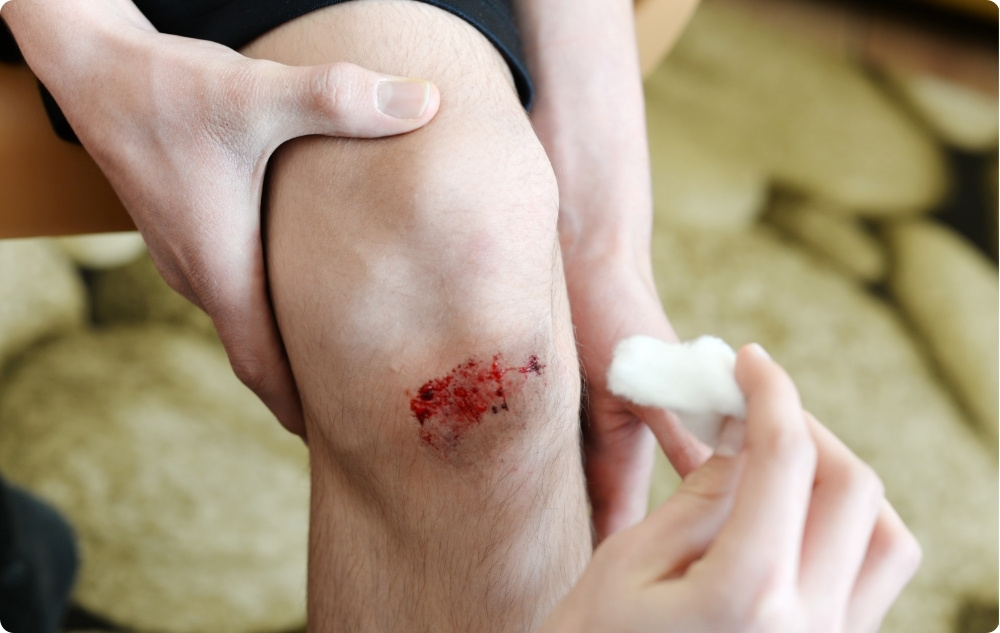
3. Check for allergic reactions
Some people may be sensitive to the ingredients in Arnica, which can cause skin irritation. It is recommended to test on a small area of skin before first use.
4. Use the recommended doses
Excessive use of Arnica, even topically, can cause redness, dryness, or itching. Follow the manufacturer's instructions for the product you are using.
5. Consult a doctor if in doubt
If you are unsure about the use of Arnica or have a specific medical condition, consulting a doctor is mandatory. This is especially important for pregnant women, nursing mothers and people with chronic illnesses.
7. How to Use Arnica as an at Home Remedy?
Arnica is a multifunctional plant that can be used to prepare various home remedies.
Here are some of the most popular application methods:
1. Homemade Arnica ointment
Required ingredients:
- 2 tablespoons dried Arnica flowers;
- 100 ml coconut oil or olive oil;
- 20 g beeswax.
How to prepare it:
- Mix the flowers with the oil and heat them in a water bath for 30-40 minutes;
- Strain the oil to remove the remains of the flowers;
- Melt the beeswax and add it to the warm oil;
- Pour the mixture into a clean glass jar and let it cool;
- Apply to muscle pain, bruises and dry skin.
2. Compress with Arnica
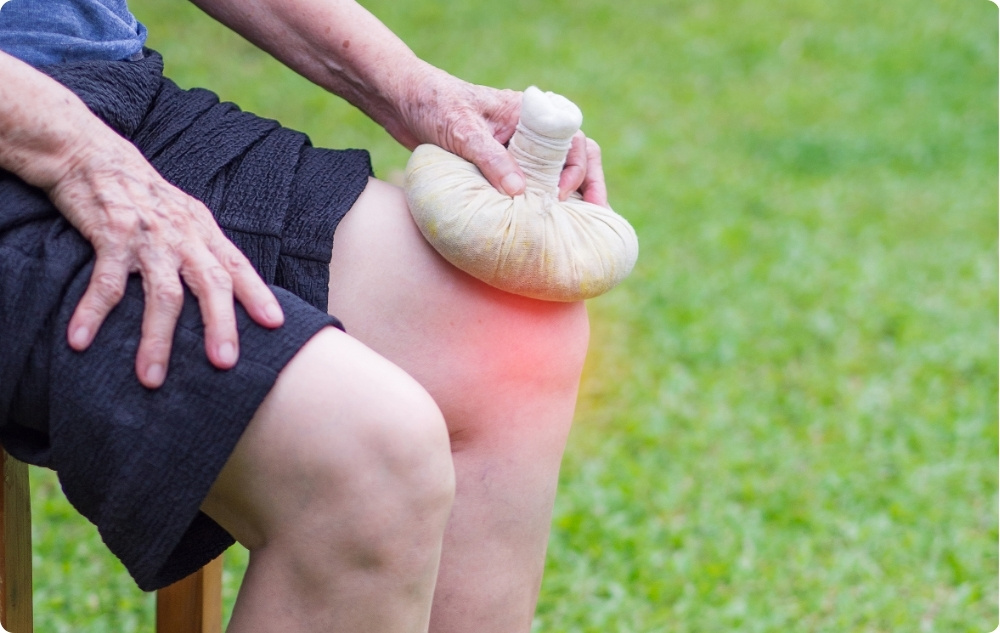
Required ingredients:
- Dried Arnica flowers;
- Water.
How to make it:
- Add 1-2 tablespoons of dried Arnica flowers to 500 ml of boiling water;
- Let it steep for about 10-15 minutes. Strain the liquid;
- Soak a clean cloth or gauze in the infusion and apply it to the affected area;
- Keep the compress on for at least 15-20 minutes.
3. Anti-acne mask with Arnica
Required ingredients:
- 1 tablespoon Arnica infusion;
- 1 teaspoon honey;
- 1 teaspoon oatmeal.
How to make it:
- Mix the ingredients until you get a smooth paste;
- Apply to the face and leave for at least 15 minutes;
- Rinse with lukewarm water;
- The mask is suitable for oily and acne-prone skin.
4. Baths with Arnica
Required ingredients:
- Dried Arnica flowers;
- Water.
How to make it:
- Add 3-4 tablespoons of dried Arnica flowers to 2 liters of boiling water;
- Steep for 20 minutes and strain;
- Add the infusion to the bath;
- Soak in the bath for 15-30 minutes to relieve muscle pain and reduce inflammation.
8. Conclusion
Arnica is a plant widely used in natural medicine, known for its ability to relieve pain, reduce inflammation and promote skin and muscle recovery. It is used in both traditional medicine and modern cosmetic and medicinal products due to its active ingredients.
This versatile herb is an indispensable ally in your daily body care. However, it is important to use it with caution to maximize its healing benefits without side effects.
SOURCES:
1. MDPI: Clinical Trials, Potential Mechanisms, and Adverse Effects of Arnica as an Adjunct Medication for Pain Management (24.01.2025)
2. WebMD: Arnica - Uses, Side Effects, and More (24.01.2025)
